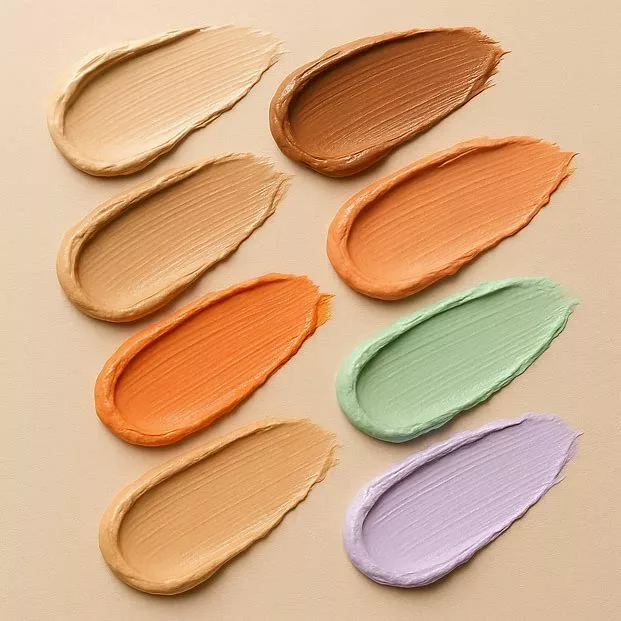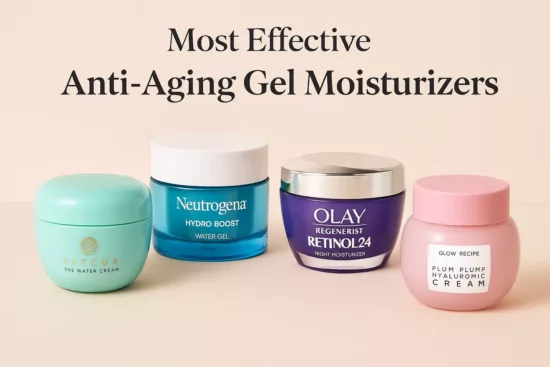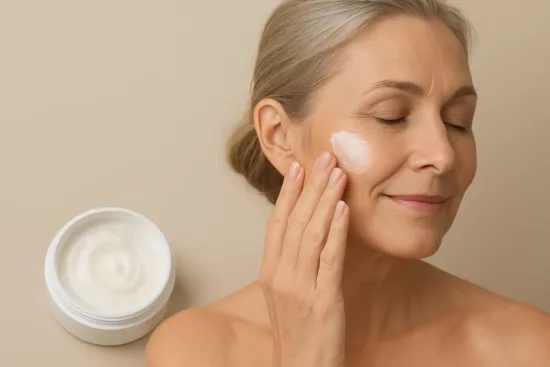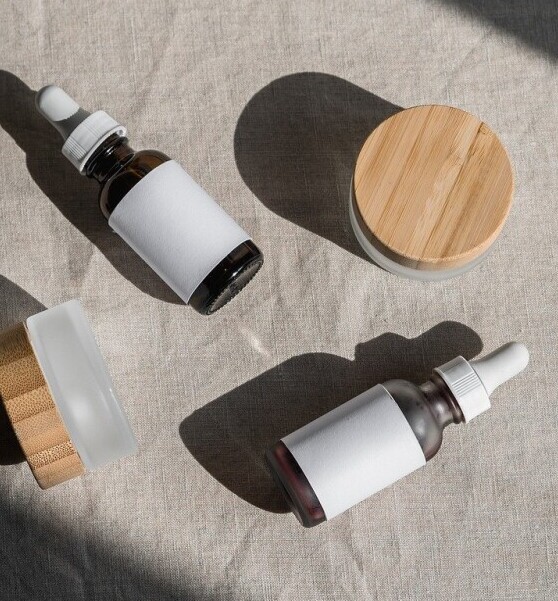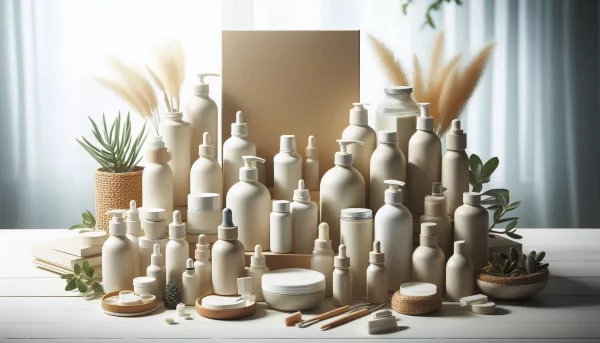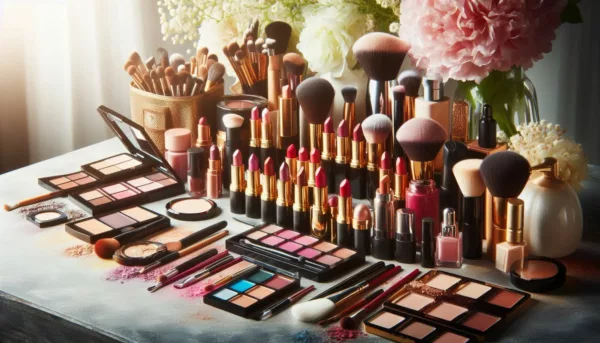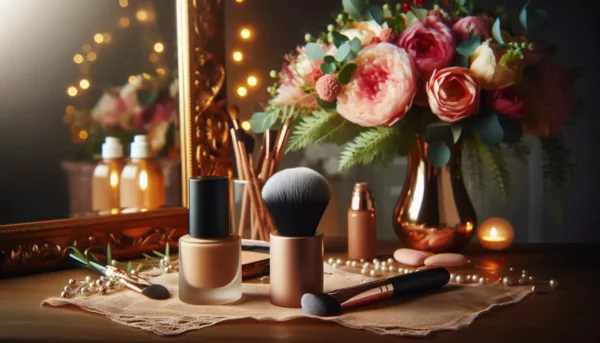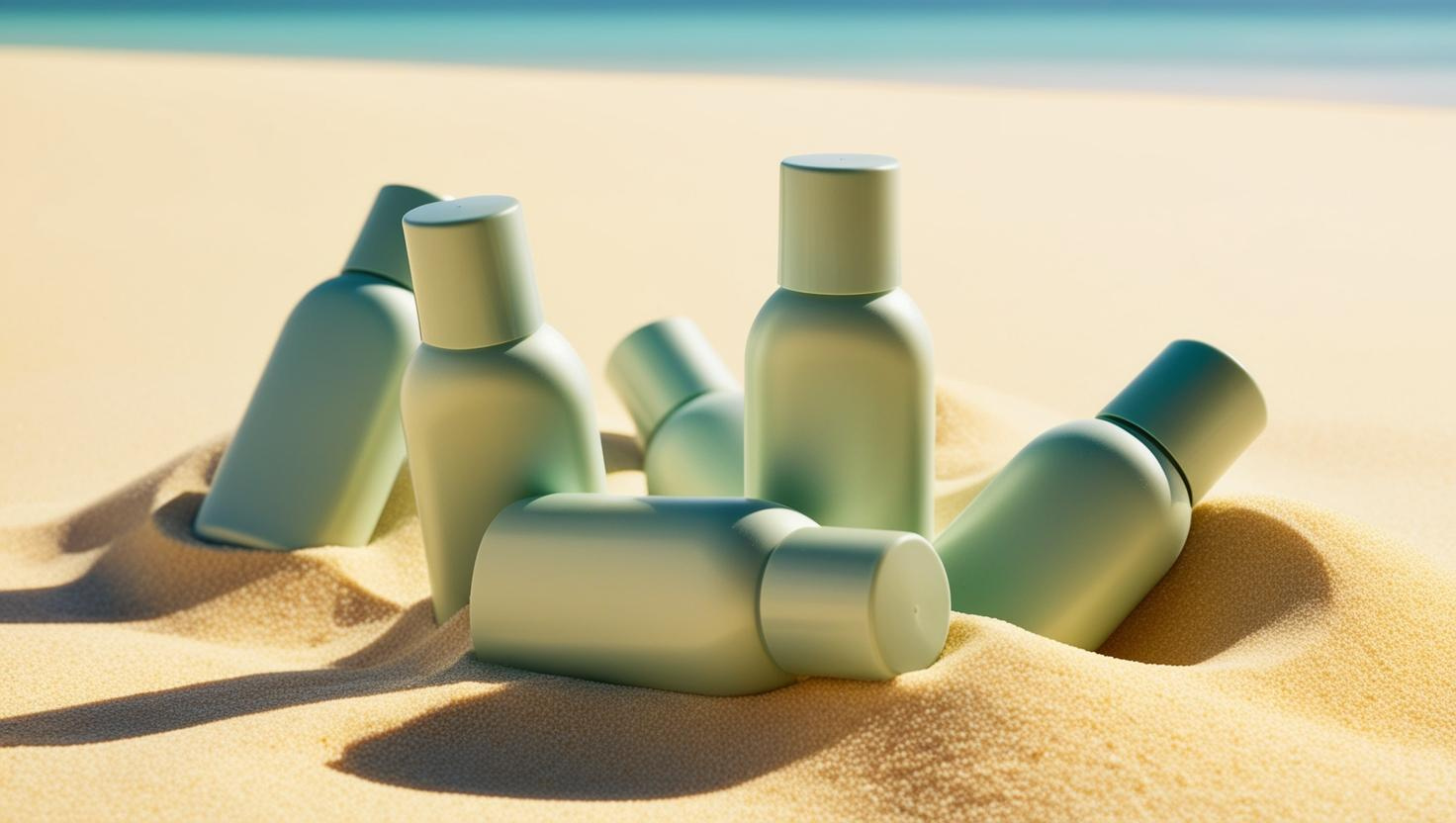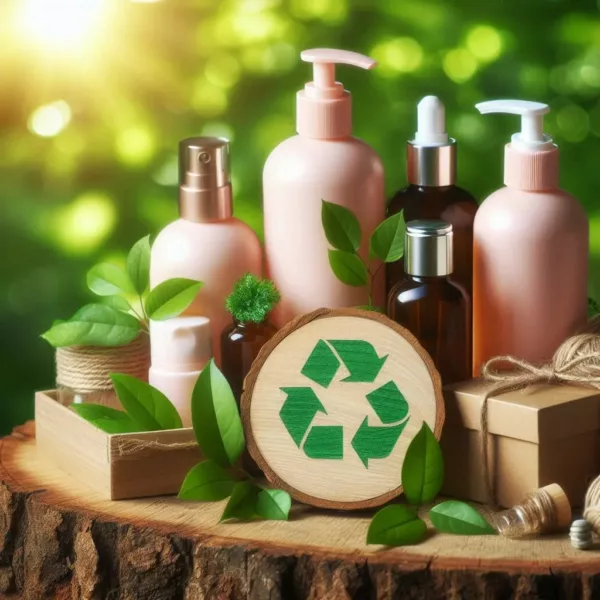Caliray’s Hideaway Brightening Hydrating Under Eye Color Corrector is all about bringing a little magic to the tricky area under your eyes. It is a multitasking, serum-like formula that is a color corrector, concealer, and illuminator all in one lightweight product. This product is packed with ingredients designed to tackle dark circles and add a fresh glow. With key ingredients like peptides, hyaluronic acids, color-correcting pigments, and functionalized creamy pearls for hydration, radiance, and glow—without any glitter. It has a radiant, non-cake finish that stays crease-free.
Caliray’s corrector has a range of 10 shades, from pale pinks to warm and peachy sheds to suit many different skin tones. For cool undertones or bluish darkness, try Dawn (pink tone); for neutral/warm or slightly purple areas, Pale Sun (light yellow) works well. Using this corrector isn’t tough, but a few tips can certainly help get the best results. You want to apply it directly to your under-eye area after prepping your skin with moisturizer. Think of it as an artist’s primer before the main act—foundation. Use the mini paddle to place three dots from the inner to mid under-eye to neutralize darkness; for a lift, apply two dots on the outer under-eye with a lifting shade (like Dawn or Daybreak), then blend with brush or finger. I like mixing it with a too-dark-for-me concealer for using under the eyes. This color corrects and conceals at the same time.
Now, let’s clear up some confusion between under eye brighteners and traditional concealers. Brighteners are more about correcting color discrepancies with light-reflective properties, whereas concealers aim to cover. So, when you’re banking on light and luminescence to wake up tired eyes, brighteners are your go-to.
At the heart of this product is its ability to counteract those pesky blue and purple tones that make you look like you haven’t slept in a century. The brightening corrector works by neutralizing these colors with peach or orange undertones, bringing natural warmth and light to the under-eye area. It’s like a trusty sidekick for your concealer, offering solutions before you pile on product.
The Science Behind Under Eye Brightening Correctors
Under-eye brighteners. Correctors are all about leveraging light and neutralizing color to make your skin look fresh. The technology rests on pigments that counteract blues and purples that give you that dreaded tired look. This isn’t just makeup; it’s a well-crafted science that highlights those under-eye areas, helping you radiate confidence.
To make brighteners work for you, timing is crucial. Wondering whether to layer this product before or after foundation? Generally, putting your corrector on before gives the pigments a chance to do their thing without extra interference from other products. But, if you’re feeling like a little experimentation, mixing may offer some surprising benefits!
Now the age-old debate: Brightener or concealer? When it comes to dark circles, brighteners offer a lightweight, brightening effect. Think of it like illuminating those problem spots, while concealers pack a heavier punch, camouflaging imperfections more directly. Depending on what look you’re after, your skin’s needs just might sway your choice.
Brighteners provide not only noticeable visual benefits but can significantly impact skin texture too. Hydration is a big win. Your skin thrives when moisture is at its best, and with added hydrating properties in many brighteners, your skin reflects the care and tenderness poured into it. You’re not just covering; you’re nurturing.

Real User Reviews: Does Caliray Deliver on Its Promises?
If you’re curious if Caliray lives up to the hype, let’s dive into the real-life experiences of people who’ve given it a try. Many users rave about how effortlessly it melts into their skin, offering a natural glow and combating those pesky dark shadows. They appreciate the lightweight feel, leaving no cakey residue behind.
Patterns emerge from frequent users who often talk about the noticeable brightening effect, even with minimal application. Buyers favor its hydrating properties, which don’t just cover dark circles but also add a healthy dose of moisture, keeping the area looking supple and fresh.
When stacked up against other popular brands, Caliray definitely seems to win hearts with its blend of skincare benefits and makeup magic. Some find its formula less greasy compared to others, making it a go-to for those with combination skin.
Talking about the ingredients, some users note their skin feels more nourished, thanks to the hydrating elements. It appears those who prioritize both aesthetics and skin health find this product checks all the boxes. Whether it’s the blendable texture or its reputable formula, there’s a lot going on that keeps users coming back for more.
Choosing the Best Under Eye Corrector for Your Needs
Picking the right under-eye corrector can make all the difference in your beauty routine. Start by considering your skin type and needs. If hydration tops your list, opt for products with ingredients like hyaluronic acid. For those battling persistent dark circles, seek formulas with strong pigment technology, possibly including vitamin C for an added brightening boost.
When tackling dark circles, some reader-favorite correctors include those with peach or orange tones to counteract the bluish hues under the eyes. Balancing the correct color can transform your face, offering a natural way to highlight your best features without overwhelming the rest of your makeup.
Got questions about when to use a concealer versus a corrector? Concealers are your go-to for a heavier coverage day, perfect for hiding imperfections beyond dark circles. Correctors, on the other hand, offer subtlety with color correction and are fantastic for more natural looks or underneath your concealer for a fuller finish.
Final Thoughts
Caliray Hideaway delivers hydration, glow, and subtle correction in a feel-light, wearable formula—perfect for daily use or minimal makeup looks. It stands out for both its skincare benefits and cosmetic performance, and is particularly useful for those looking to brighten and refresh the under-eye area without heaviness. Curating a skincare routine that harmonizes with your under-eye corrector can enhance results. Think about layering products with gentle, compatible formulations to avoid irritation or product buildup. Taking a few extra moments at the beginning and end of your day can keep your under-eye area looking its very best.

